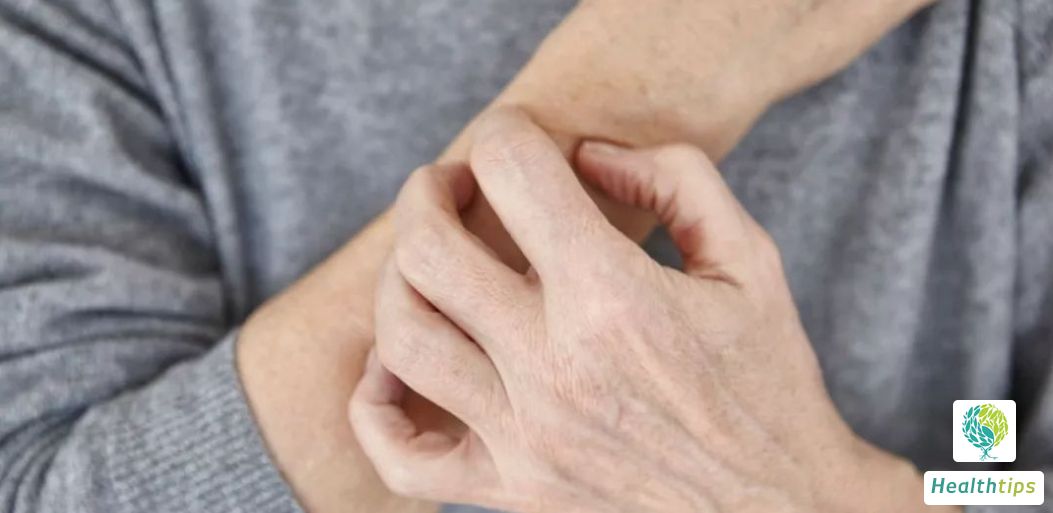Itching and redness in the scrotum are often associated with scrotal eczema, tinea cruris, contact dermatitis, folliculitis, and other causes. To avoid unnecessary harm to the body, the condition can be improved through general and pharmaceutical treatment methods.

1. Scrotal eczema is a chronic inflammatory disease of the scrotum, which is considered to be related to prolonged exposure to high-temperature environments. It tends to form red rashes of varying sizes, accompanied by symptoms such as itching and stinging. Under the guidance of a doctor, patients can reasonably use zinc oxide ointment, compound dexamethasone acetate cream, hydrocortisone butyrate cream, and other medications to alleviate itching symptoms. Avoid scratching with hands frequently to prevent skin breakage.
2. Tinea cruris is considered to be related to fungal infections and is contagious, especially when in close contact with patients or sharing personal items. It can lead to symptoms such as skin redness, patches, and scaling. Under the guidance of a doctor, patients can reasonably use terbinafine hydrochloride cream, miconazole nitrate cream, clotrimazole cream, and other medications to achieve antifungal effects. Pay attention to protection and avoid sexual contact.
3. Contact dermatitis may occur when the skin of the scrotum comes into contact with irritating substances, manifesting as redness, swelling, and itching, as well as the formation of patches of varying sizes. Under the guidance of a doctor, patients can reasonably use triamcinolone acetonide acetate cream, cetirizine hydrochloride tablets, desloratadine capsules, and other medications to achieve anti-inflammatory and anti-itching effects. Pay more attention to skin protection and wear loose clothing.
4. Folliculitis in the scrotum area, caused by the invasion of Staphylococcus aureus, can lead to a series of inflammatory conditions, usually accompanied by redness, stinging, itching, and local abscess formation. Under the guidance of a doctor, patients can reasonably use erythromycin ointment, mupirocin ointment, fusidic acid ointment, and other medications to achieve anti-infective effects. Avoid excessive friction to prevent secondary infections.
In addition, itching and redness in the scrotum may also be related to scabies, accompanied by obvious stinging. Under the guidance of a doctor, patients can reasonably use salicylic acid ointment, sulfur ointment, crotamiton cream, and other medications for treatment. Avoid frequent touching with hands to prevent secondary infections. If other discomforting symptoms appear, consult a doctor promptly.

